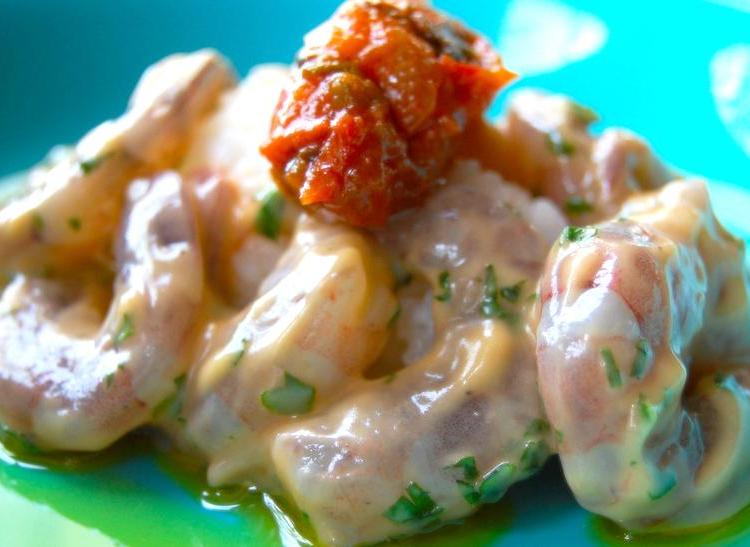Here’s Why Peruvian Food Is A Melting Pot Of Cuisines

Flickr
Perched on the South Pacific Ocean side of South America is Peru. You have the Inca Trail, Machu Picchu, the Amazon rainforest and the thriving capital city of Lima. The cuisine of Peru is a melting pot that includes influences from an indigenous population, which spans from the Inca to the cuisine of European, Asian and West African immigrants. Peruvian food encompasses Spanish, Italian, German, Chinese and Japanese cuisines. These immigrants adapted their cuisines and culinary traditions to what was available to them in Peru.
The main staples of Peruvian cuisine are potatoes, corn, tubers (sweet potatoes for example), Amaranthaceae (like quinoa) and legumes. A few Spanish influences include wheat, rice and meats like beef, pork and chicken. Peru, in more recent years, has become known around the world as the ultimate epicenter of fusion cuisine. Lima has earned a reputation for its inventive dishes that combine the best of all of these cultures.
The Peruvian diet is made up of three regions — the Andes, the coast and the Amazon. It’s mostly based on whole foods and a lot of it is gluten free. Probably the most well-known representation of this fusion cuisine is ceviche, which brings together the techniques of Japanese sashimi with the fresh, raw fish of Peru.
Here are a few Peruvian dishes to look out for. Chupe de camaron is a prawn chowder that includes prawns, tomatoes, cumin, cream, beans, onions, garlic and a poached egg. One of Lima’s most popular desserts, suspiro limeña, is a mixture of dulce de leche or caramelized sugar with a smooth meringue on top. Lomo Saltado is part Peruvian Creole and part Chinese-Cantonese. The beef in this dish is flambéed in a wok with Amarillo chilies, tomatoes, red onions and French fries and has a smoky flavor.
Tacu tacu is a Peruvian rice and bean dish that looks like a large fried patty. It’s usually served with leftover steak and a fried egg. Some variations use avocados, mangoes, leeks or asparagus. Aji de gallina is a dish most Peruvian grandmas have down pat. It’s made with shredded chicken, some kind of bread, Amarillo chili, pecans, Parmesan, onions, garlic and a few other ingredients. You’ll find this dish served during colder months with potatoes and rice.
Another staple ingredient that you’ll see in Peruvian restaurants is choclo, also known as Peruvian corn or Cusco corn. The kernels are about five times bigger than North American corn and the texture inside is creamy, chewy and nutty. With its diversity of crops, terrain and cultural influences, Peruvian food is unlike any other. Luckily, Peruvian chefs have made the eclectic cuisine within reach at restaurants across the country.











